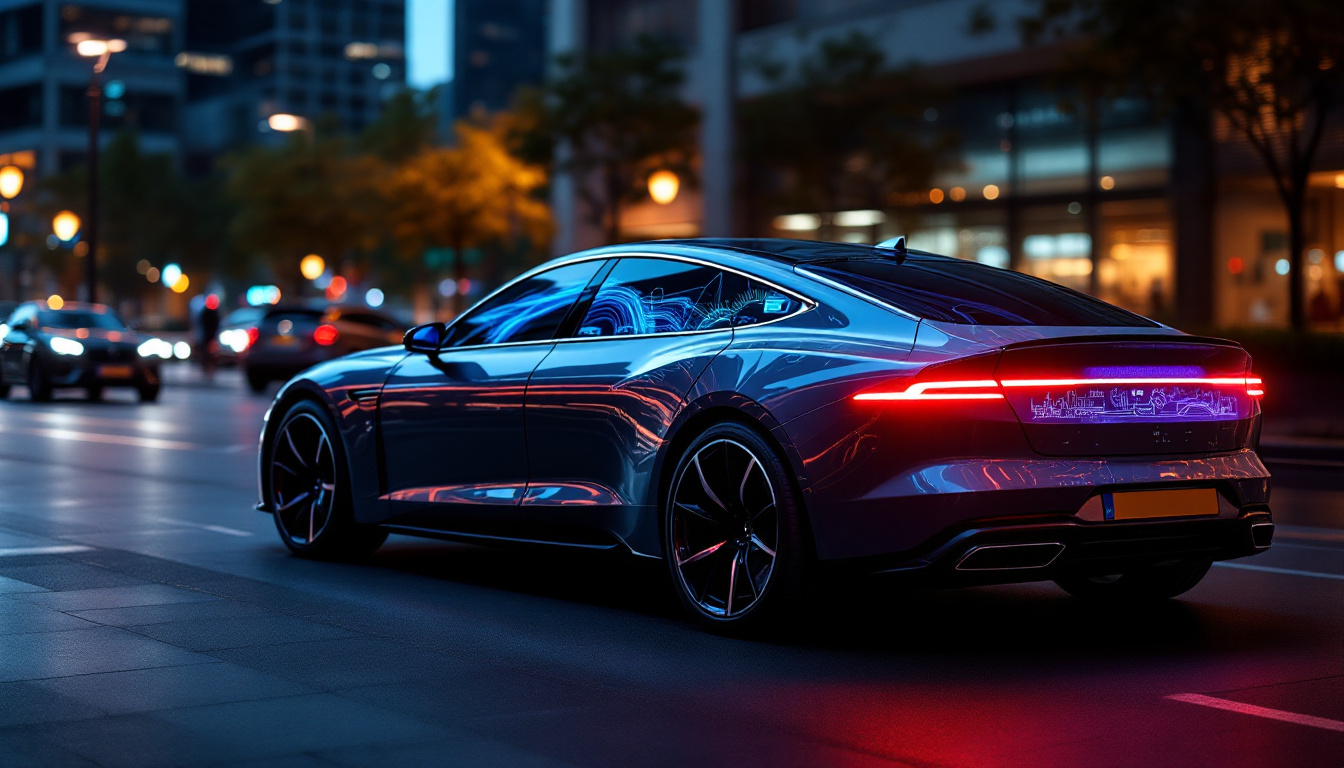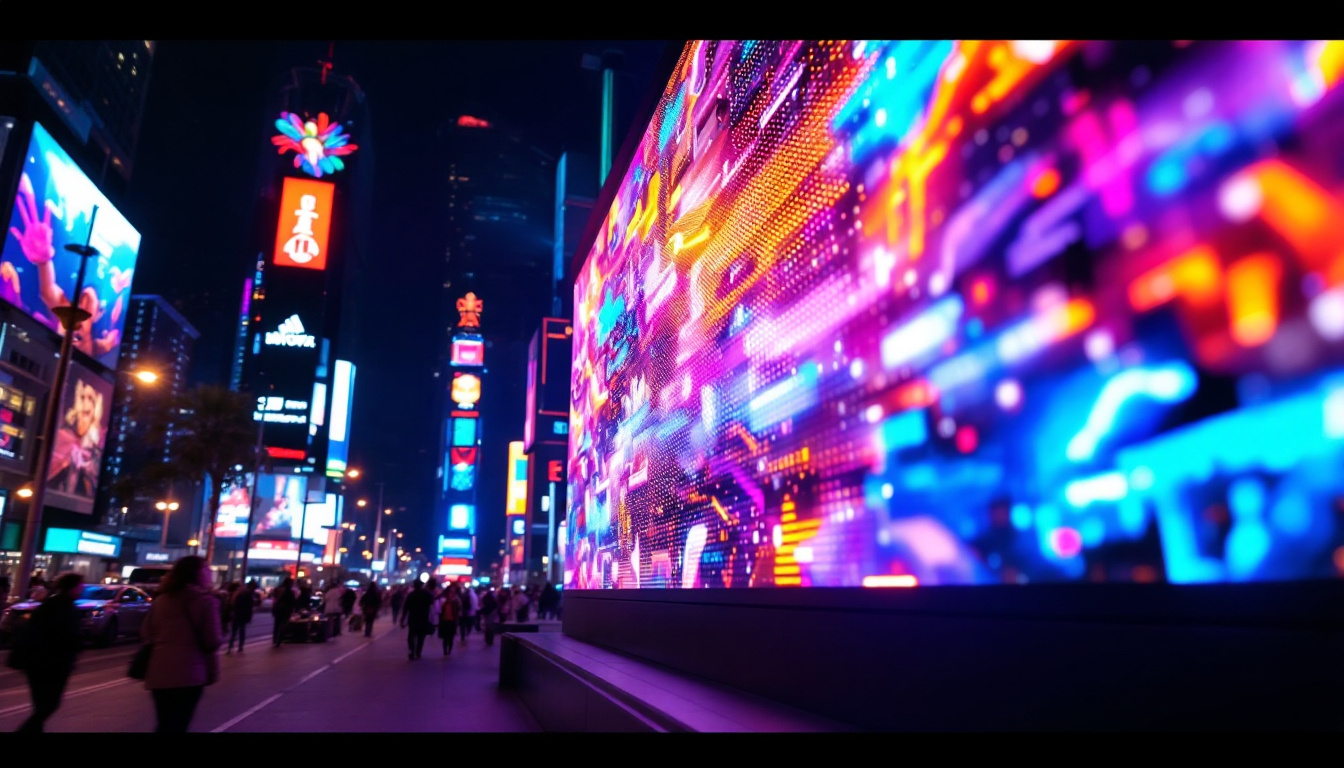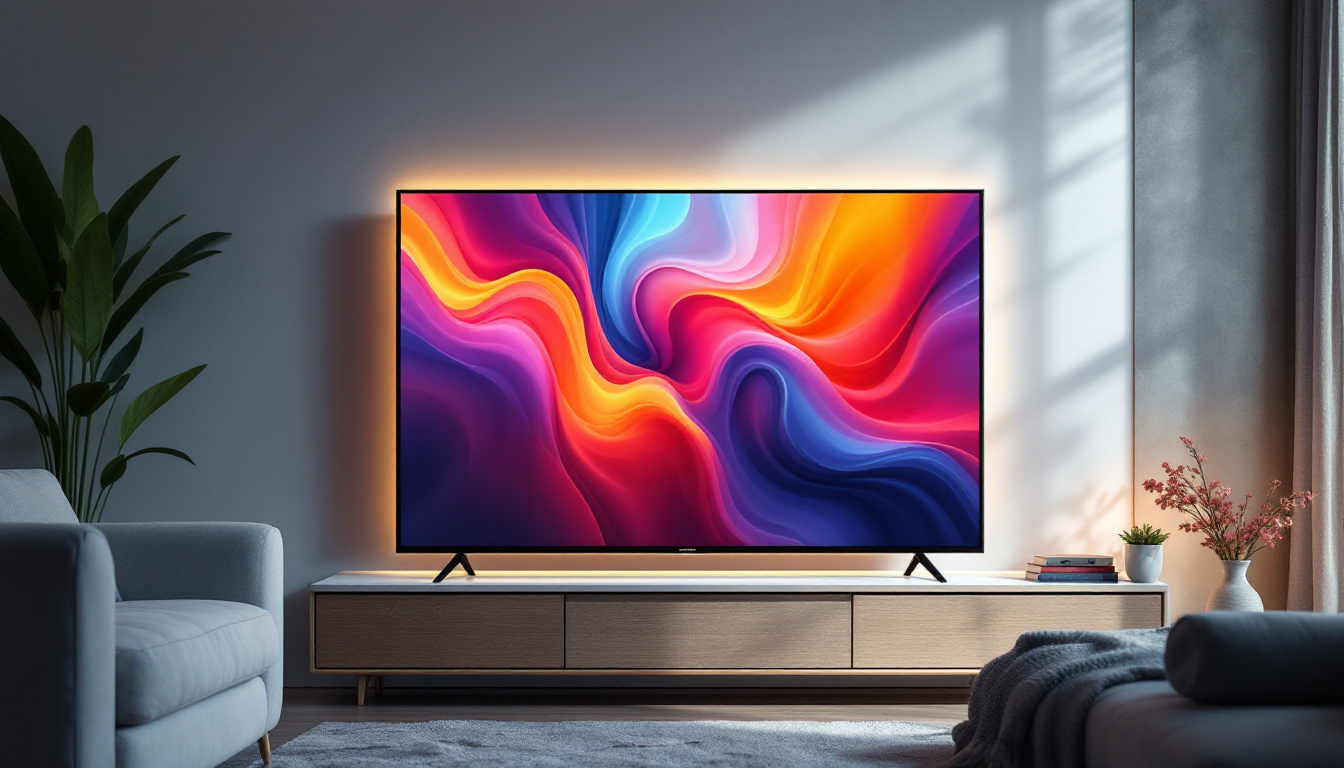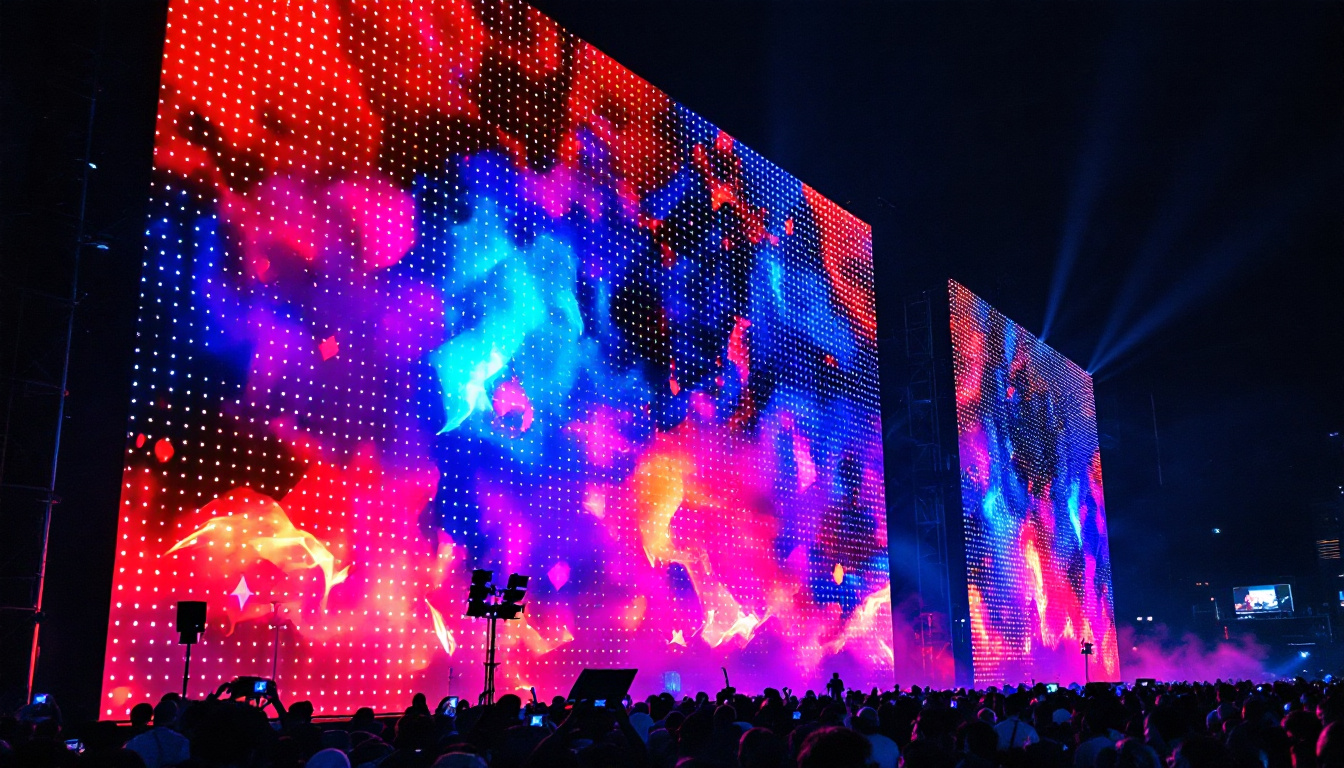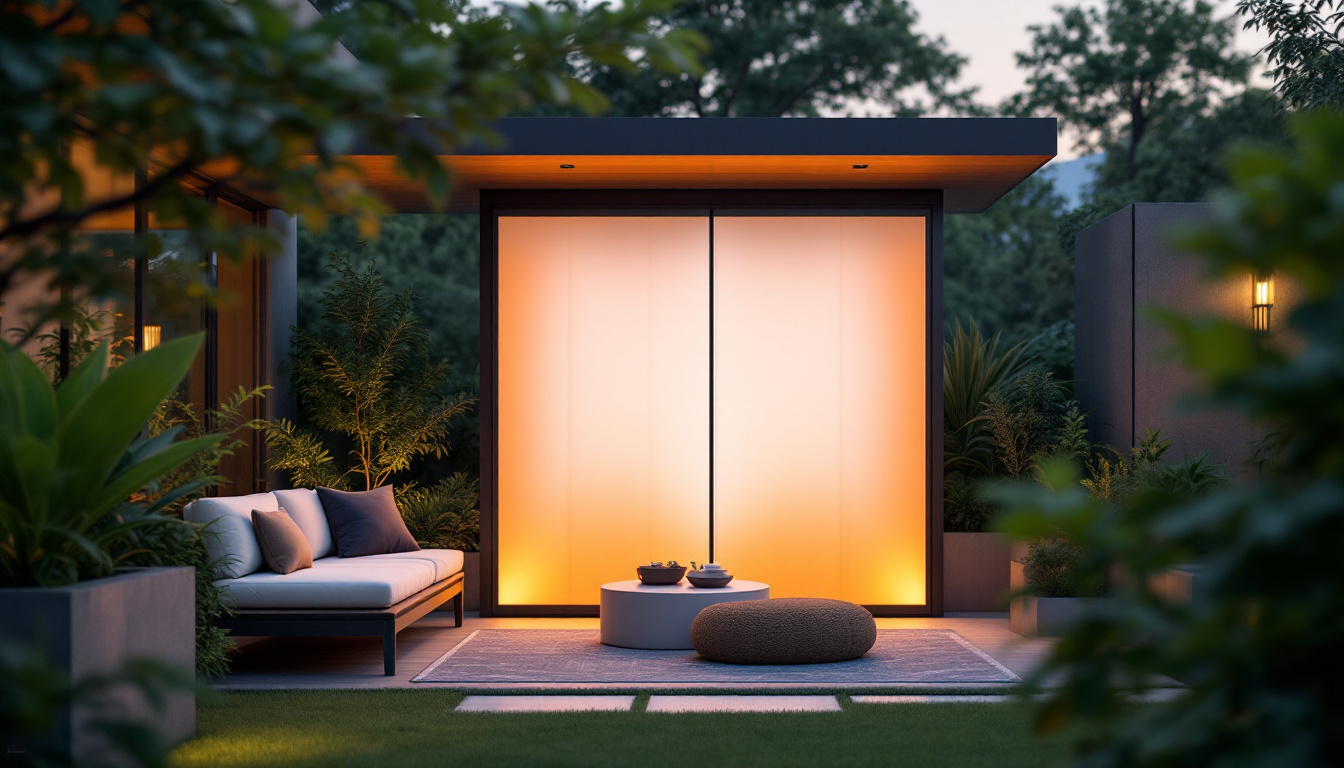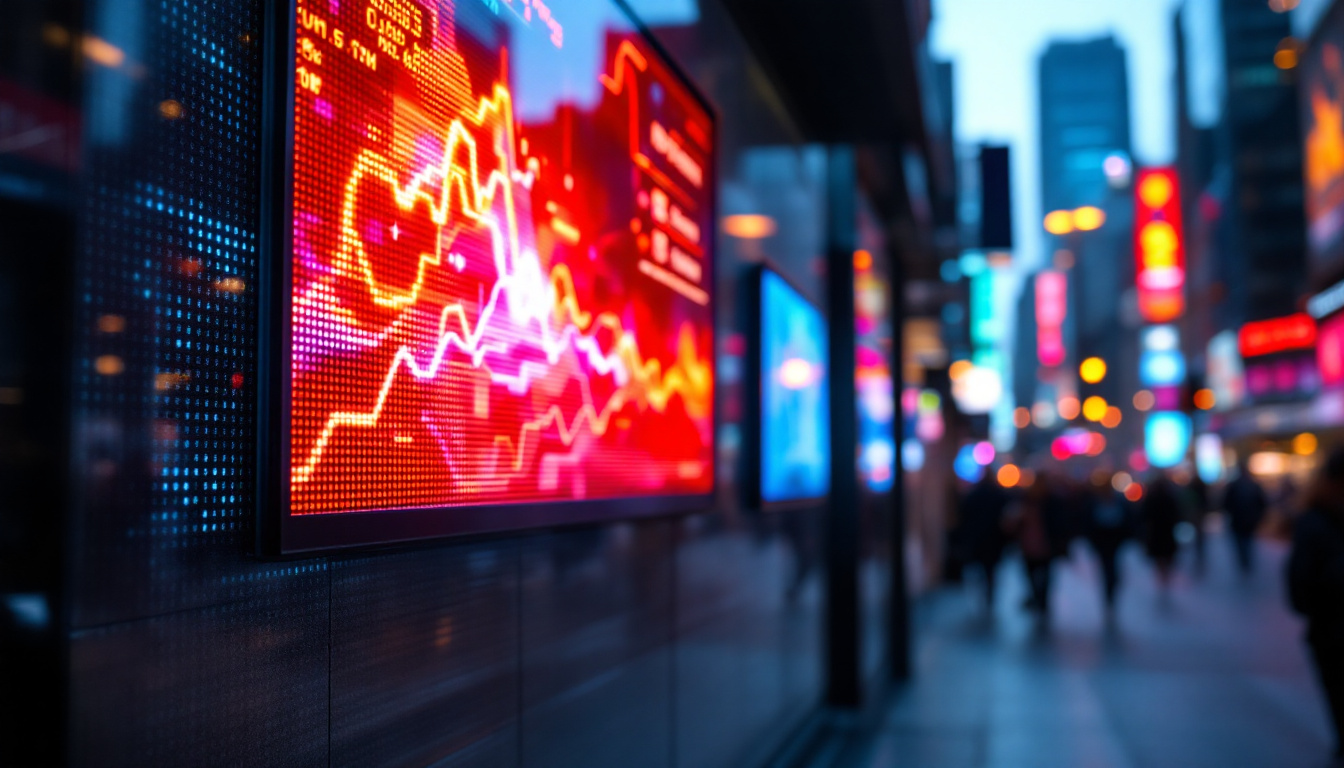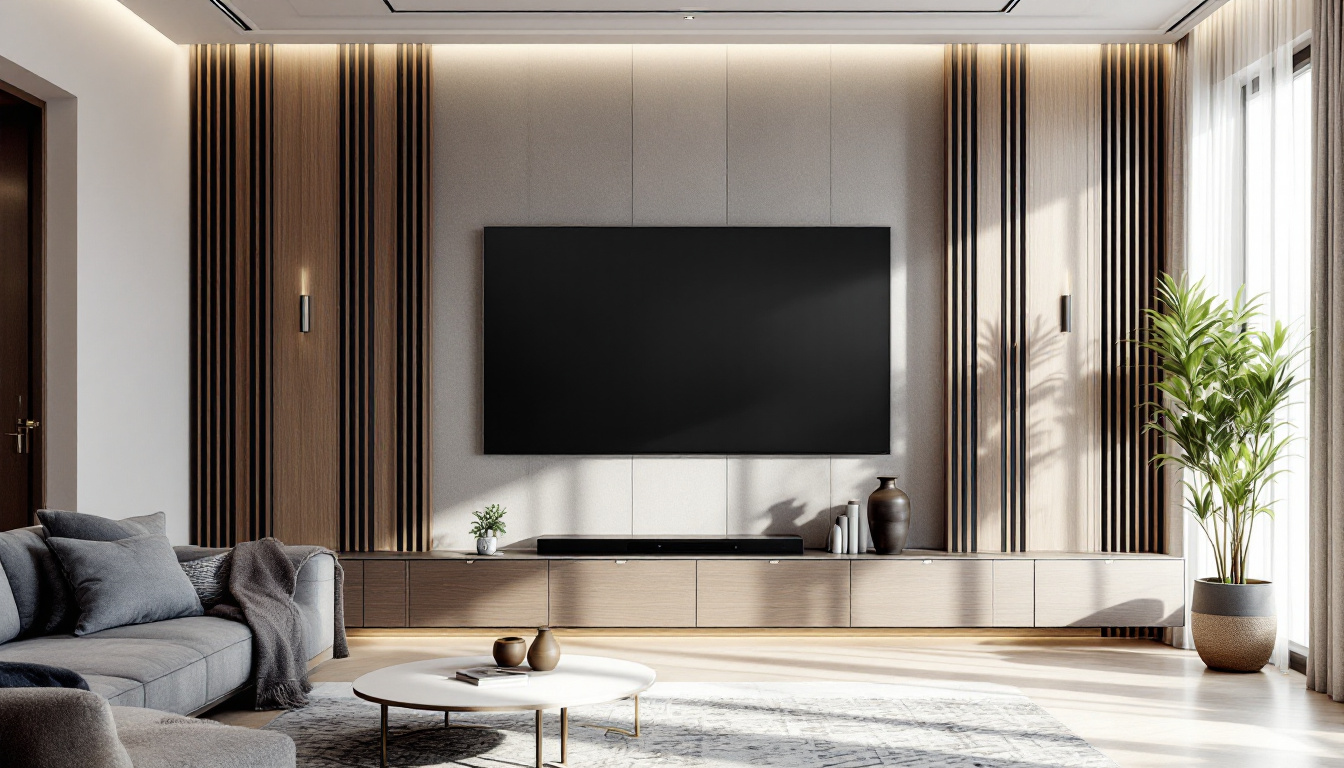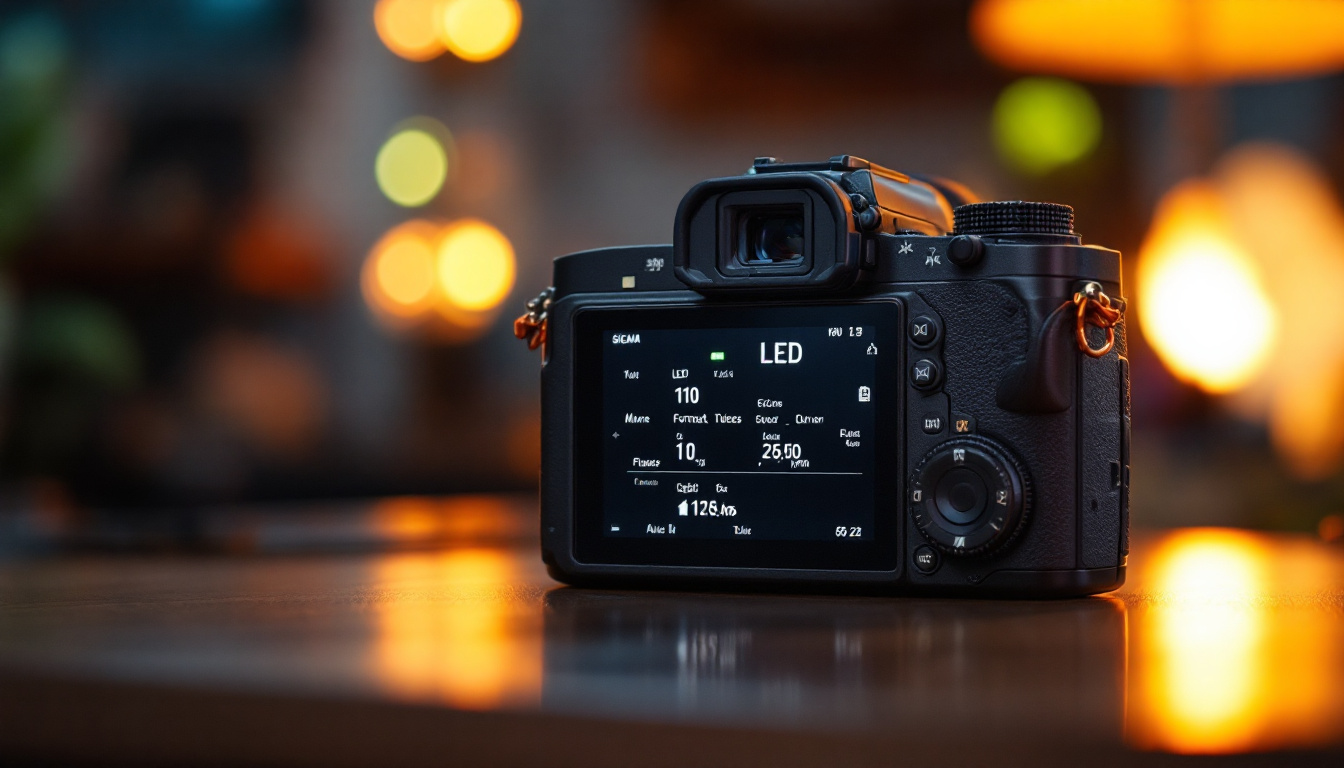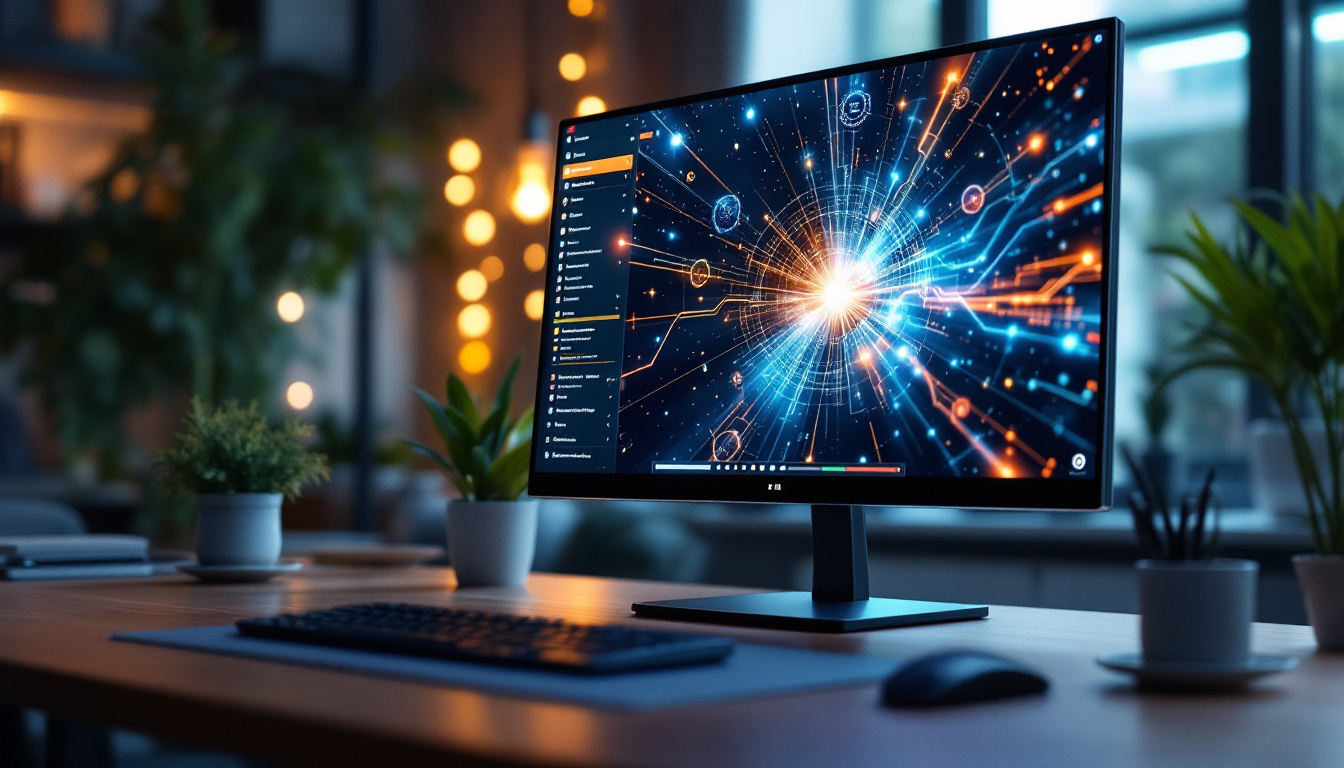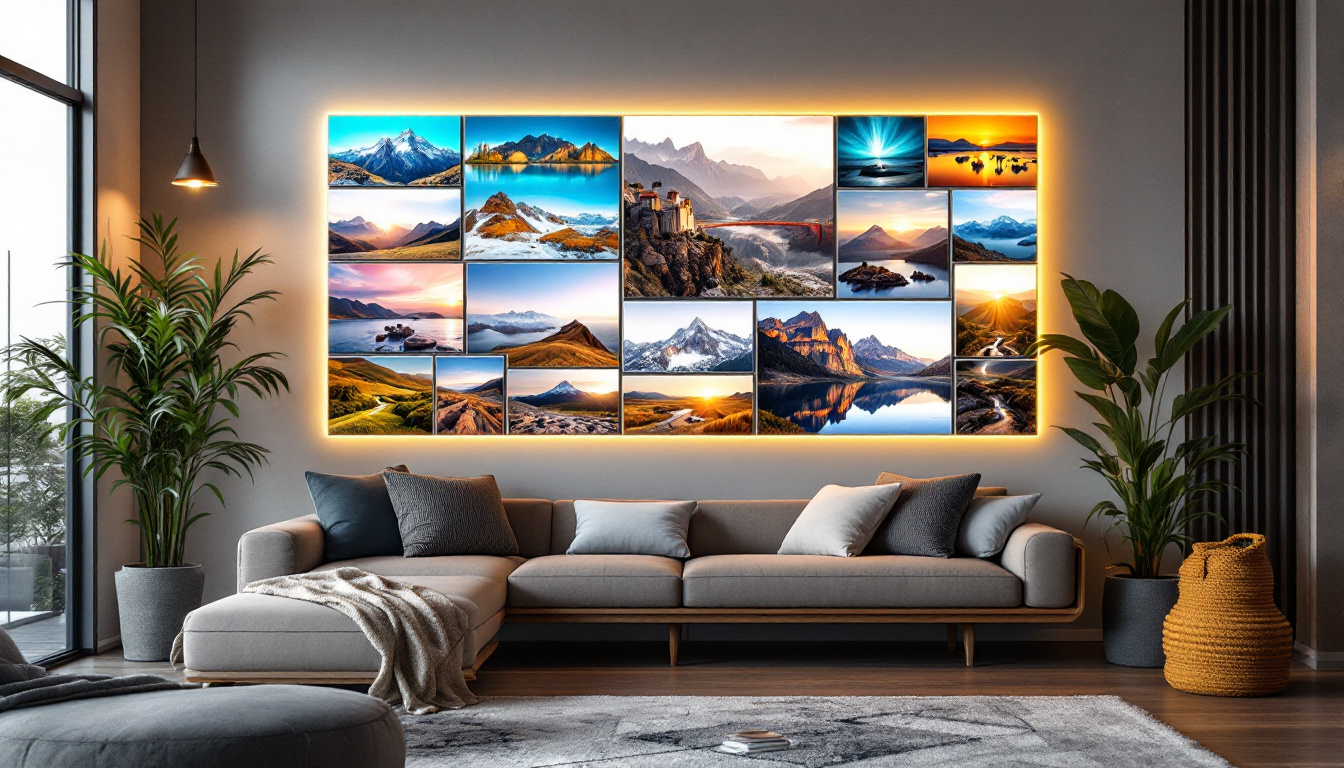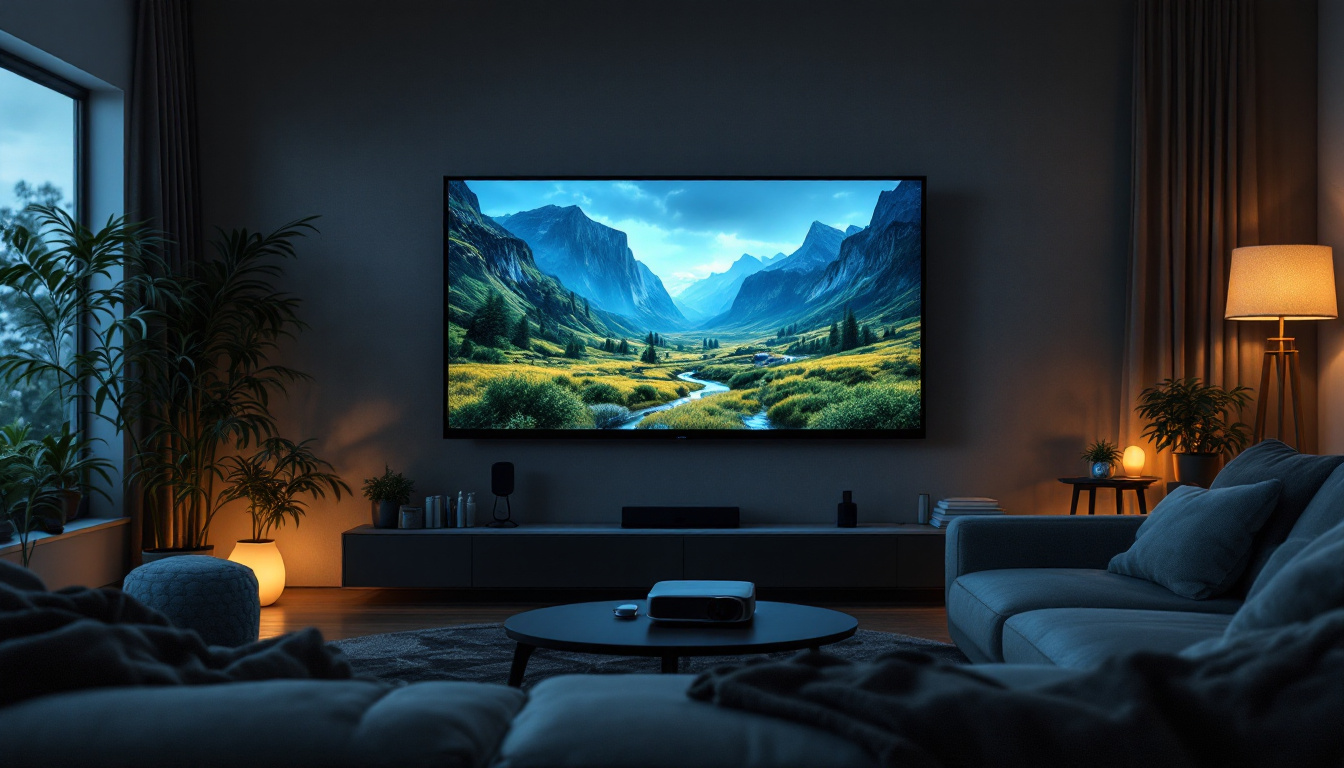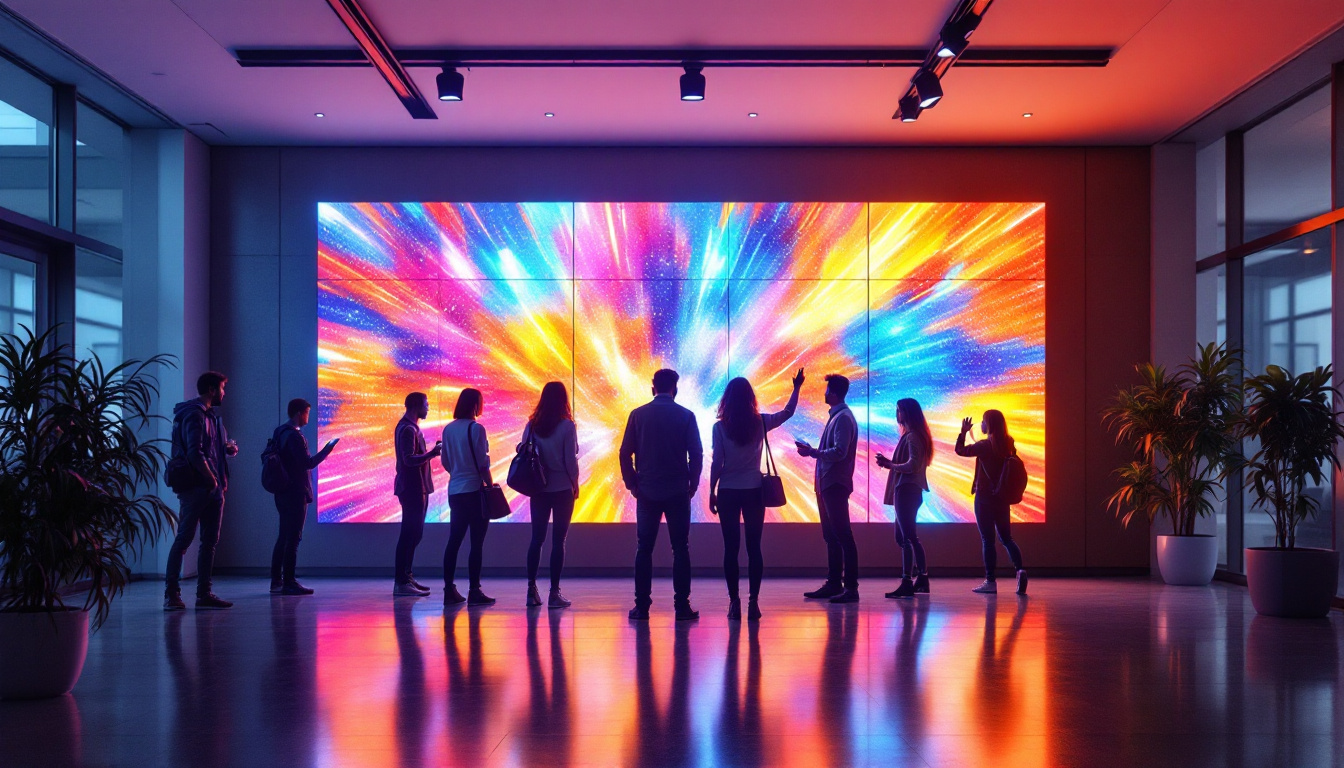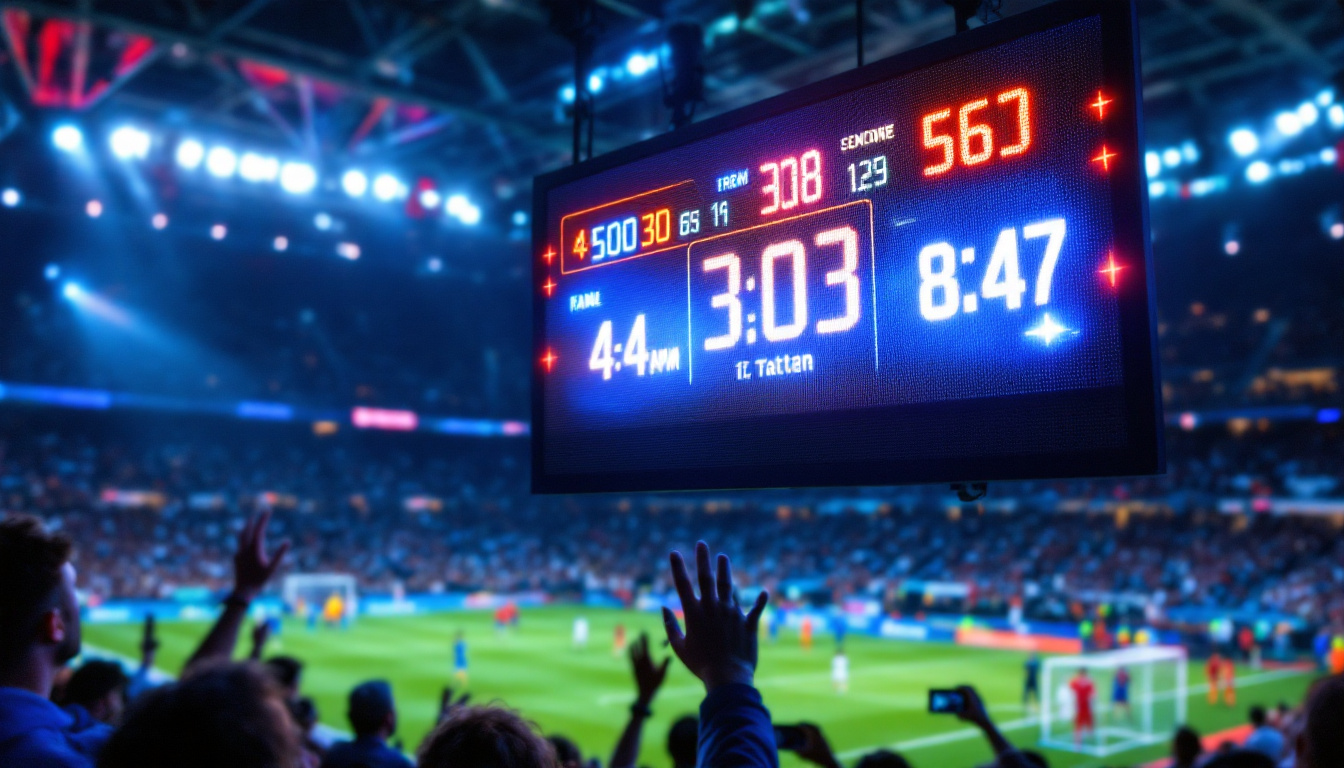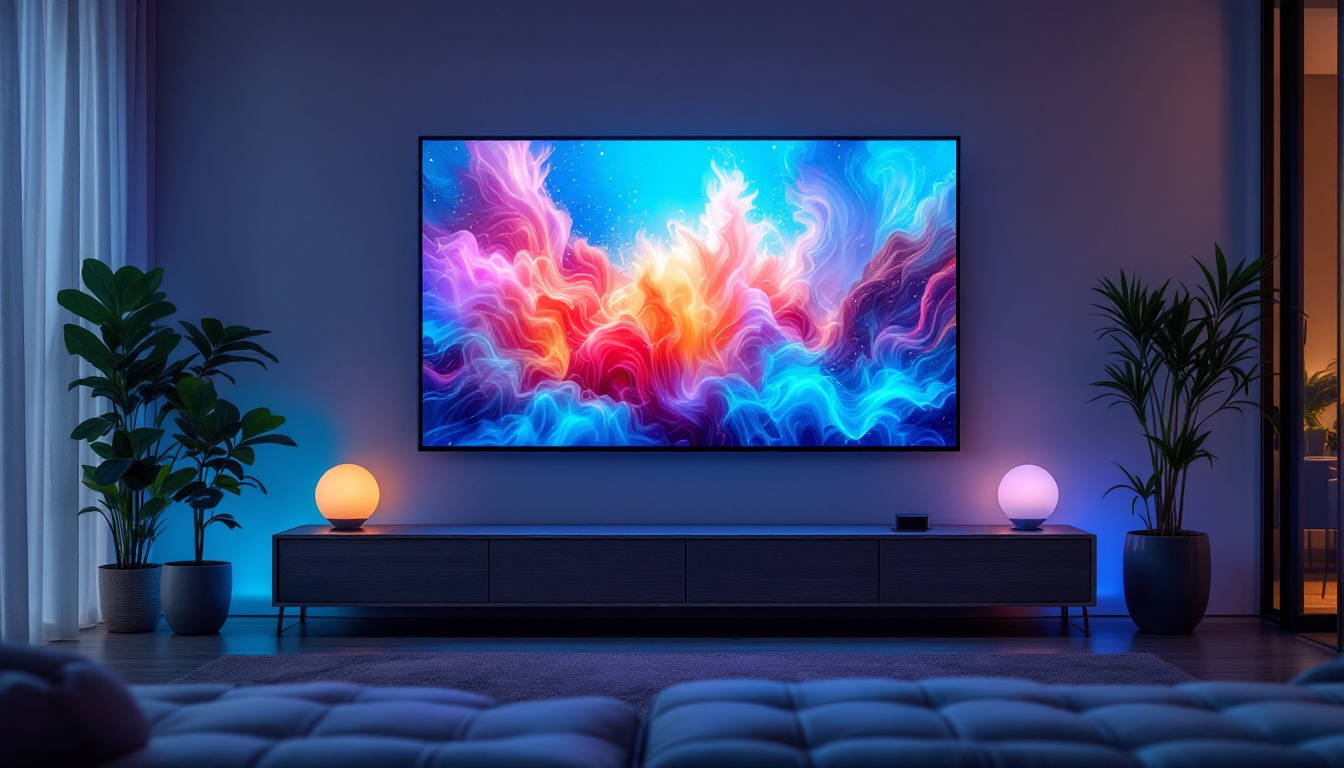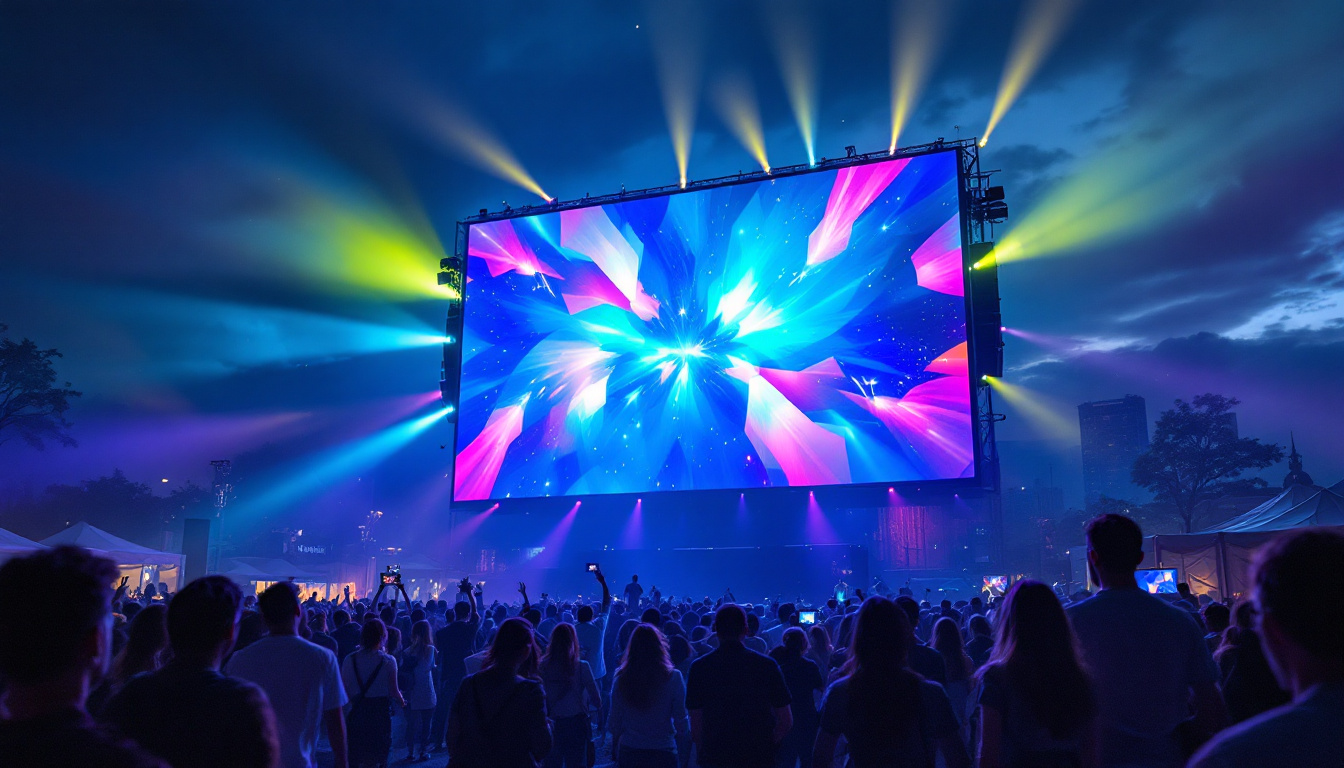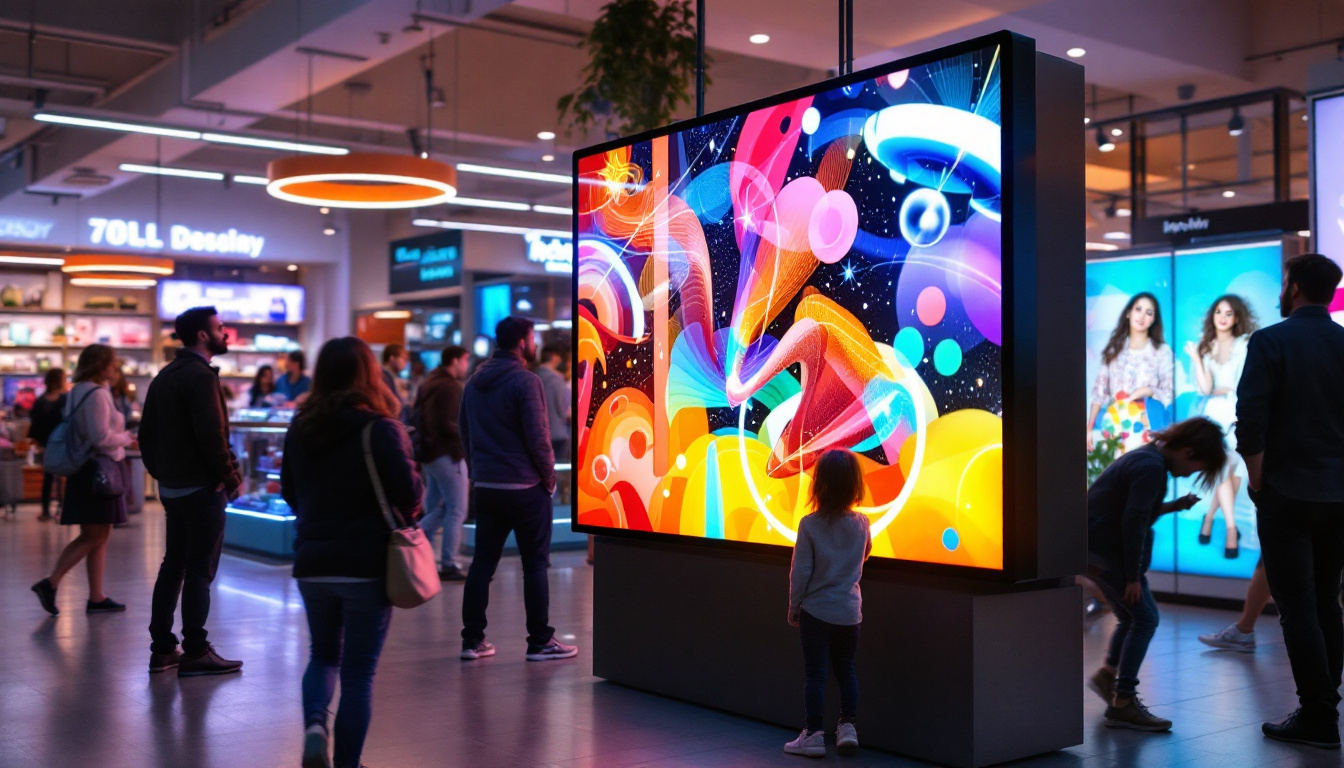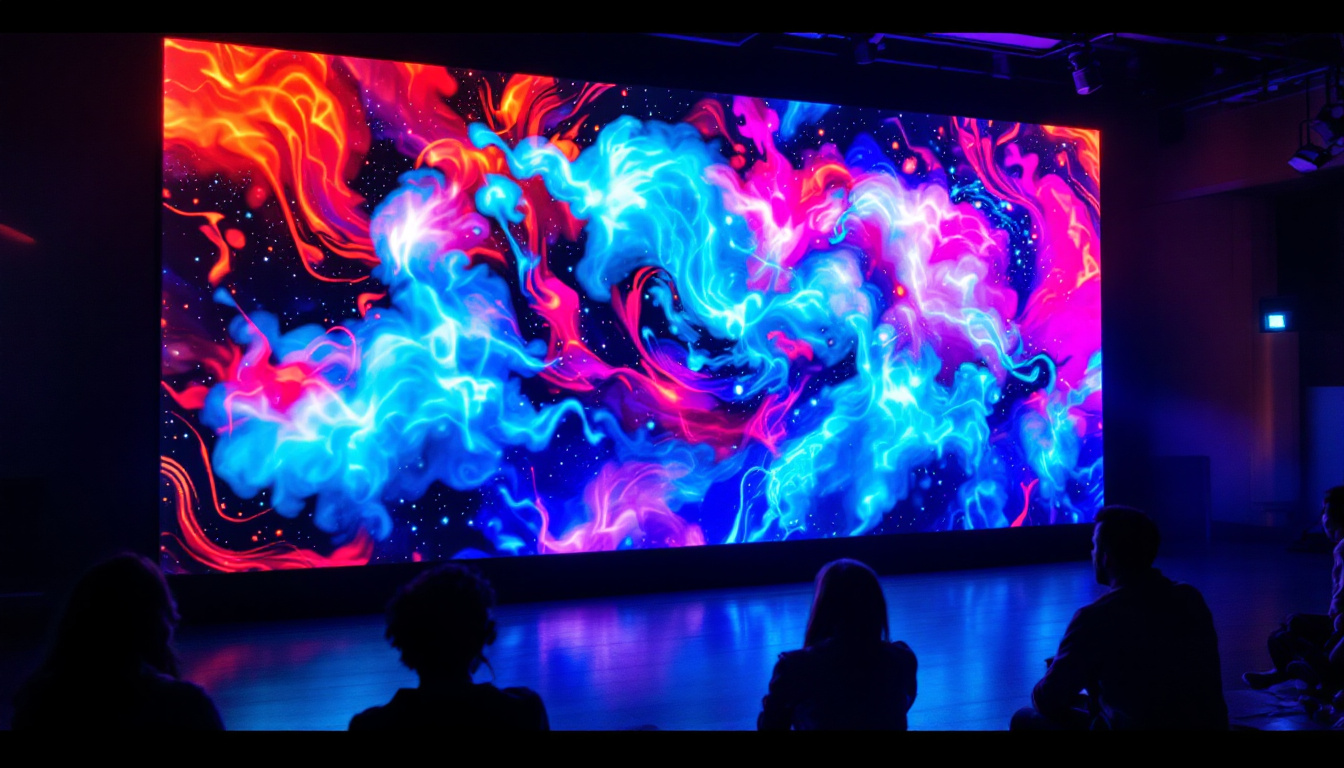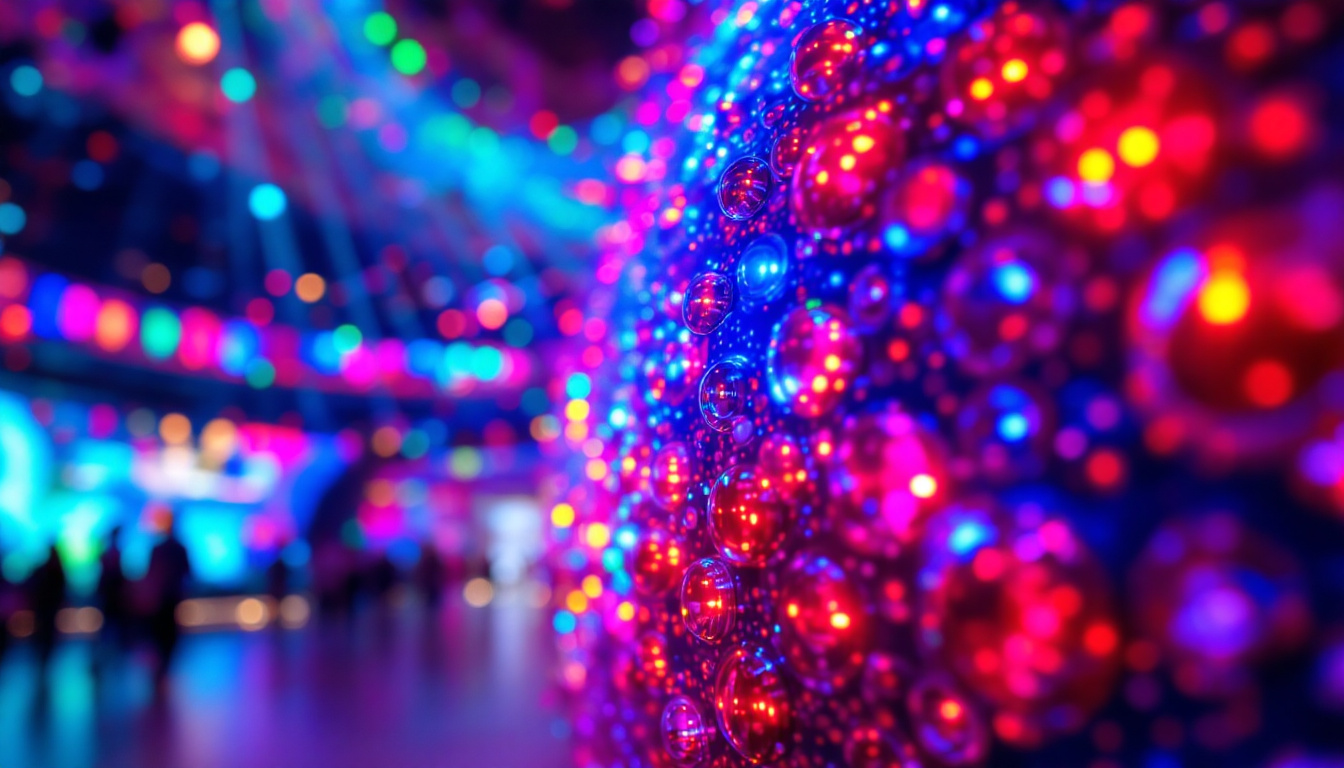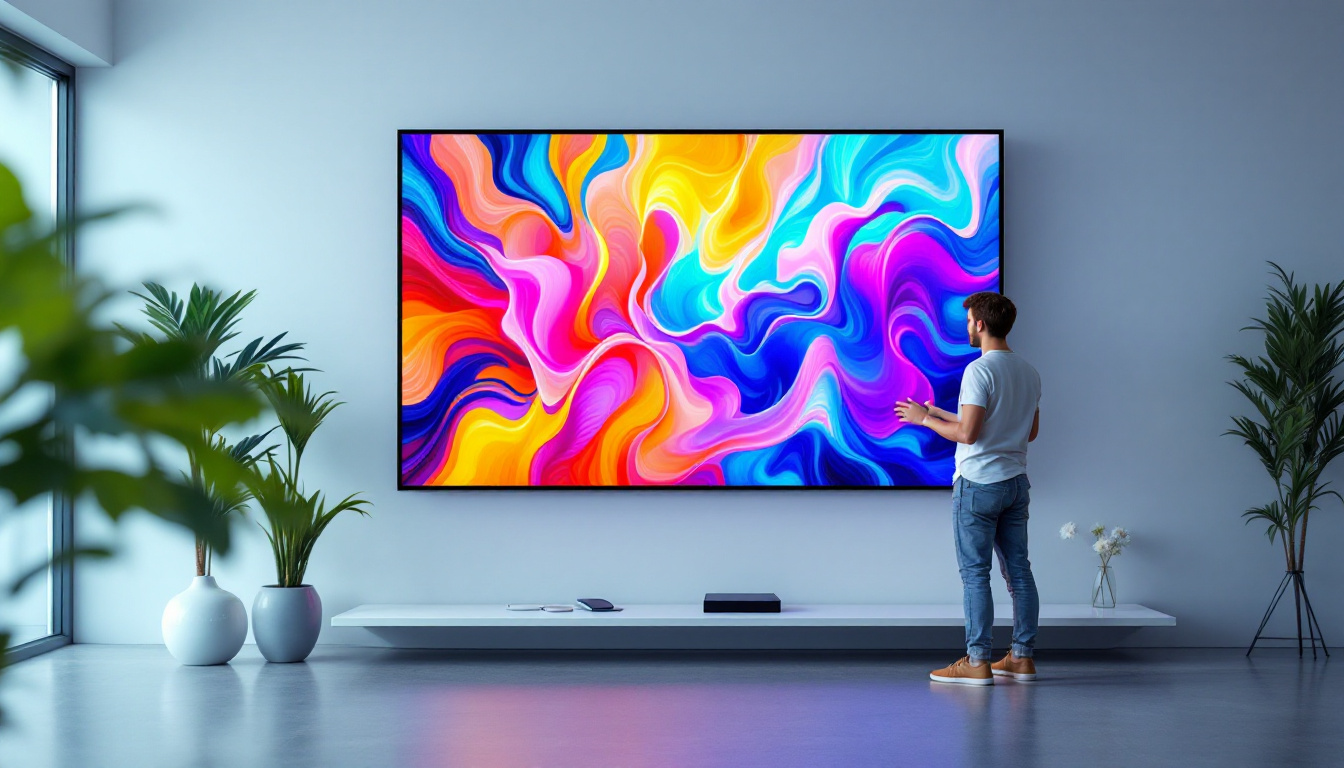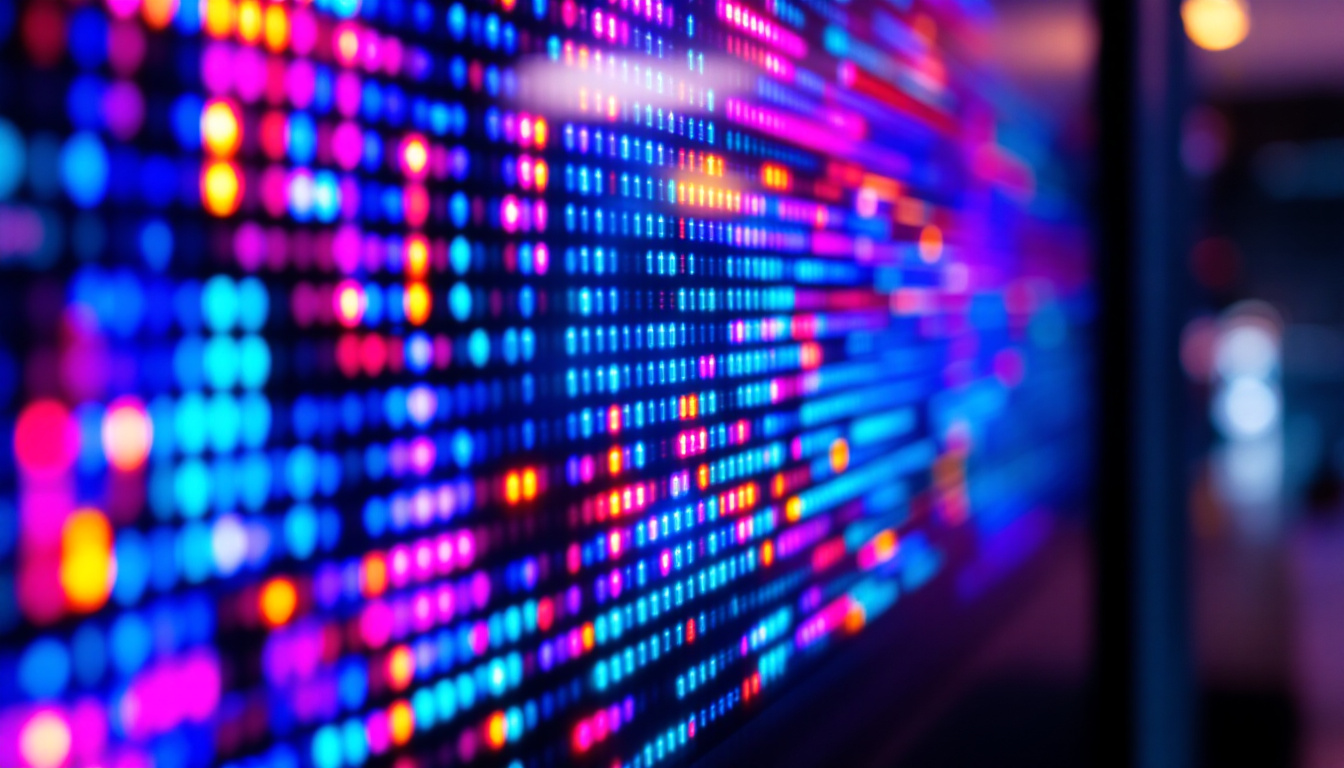In the rapidly evolving world of automotive technology, one of the most intriguing advancements is the integration of LED displays into car windows. These innovative screens not only enhance the aesthetic appeal of vehicles but also serve practical purposes, from navigation to advertising. This article delves into the various aspects of car screens for windows, focusing on LED displays, their functionality, benefits, and future potential.
Understanding LED Technology
Light Emitting Diodes (LEDs) have revolutionized the way we think about lighting and displays. Unlike traditional incandescent bulbs or LCD screens, LEDs are energy-efficient, long-lasting, and capable of producing vibrant colors. This technology has made its way into various applications, including automotive displays. The impact of LEDs extends beyond just energy savings; they have also paved the way for innovative designs and functionalities that were previously unattainable with older technologies. For instance, the ability to create dynamic lighting effects and integrate displays into unconventional surfaces has opened up new avenues for creativity in both consumer electronics and automotive design.
How LEDs Work
At the core of LED technology is a semiconductor that emits light when an electric current passes through it. This process, known as electroluminescence, allows LEDs to produce light with minimal energy consumption. The compact size of LEDs also enables the creation of thin, flexible displays that can be adapted to fit various surfaces, including car windows. Additionally, the spectrum of colors produced by LEDs can be finely tuned by altering the materials used in the semiconductor, allowing for a wide range of applications from decorative lighting to high-performance displays that require specific color accuracy. This versatility is a key factor in their growing popularity across different industries.
Advantages of LED Displays
LED displays offer several advantages over traditional display technologies. They are not only brighter and more vibrant but also consume less power, making them an eco-friendly choice. Moreover, their durability and resistance to shock and vibration make them ideal for automotive applications. In addition to these benefits, LED displays can also be designed to be more responsive, with faster refresh rates that enhance the viewing experience, particularly in fast-paced environments like gaming or sports. Furthermore, the longevity of LEDs—often exceeding 25,000 hours—means less frequent replacements, which contributes to lower maintenance costs and less electronic waste, aligning with global sustainability efforts.
Applications of Car Screens for Windows
Car screens for windows can serve a variety of purposes, enhancing both functionality and aesthetics. From navigation assistance to advertising, the potential applications are vast and varied.
Navigation and Information Display
One of the most practical uses of LED displays in car windows is for navigation. By projecting directions directly onto the windshield or side windows, drivers can receive real-time information without taking their eyes off the road. This feature not only improves safety but also enhances the overall driving experience.
Additionally, these displays can provide vital information such as speed, fuel levels, and even alerts about nearby hazards. This integration of information helps drivers make informed decisions, ultimately leading to safer driving conditions. Furthermore, the ability to integrate voice commands with these displays can further streamline the navigation process, allowing drivers to adjust routes or access points of interest without manual input, thereby minimizing distractions and keeping their focus on the road.
Advertising and Branding Opportunities
Another exciting application of car screens for windows is in advertising. Businesses can utilize these displays to showcase their products or services while on the move. This mobile advertising method allows for a broader reach, as the vehicle travels through various locations, capturing the attention of potential customers.
Moreover, these displays can be programmed to change messages dynamically, allowing for targeted advertising based on location or time of day. This flexibility makes LED displays a powerful tool for marketers looking to maximize their impact. In addition, the ability to incorporate interactive elements, such as QR codes or social media links, can engage passersby even further, encouraging them to connect with the brand in real-time and enhancing customer interaction.
Enhanced Aesthetics and Personalization
Beyond functionality, LED displays offer a unique opportunity for vehicle personalization. Car owners can use these screens to display custom graphics, animations, or messages, transforming their vehicles into a canvas for self-expression. This feature not only enhances the aesthetic appeal of the car but also creates a sense of individuality.
As technology advances, the possibilities for customization will continue to expand, allowing for more creative and engaging displays that reflect the owner’s personality and style. For instance, car enthusiasts can showcase their favorite quotes, artwork, or even themed designs that resonate with their interests, turning everyday commutes into a vibrant showcase of personal flair. Additionally, the integration of ambient lighting with these displays could create a mesmerizing effect, especially during nighttime driving, further enhancing the visual impact and making the vehicle stand out even more on the road.
Challenges and Considerations
While the benefits of car screens for windows are significant, there are also challenges and considerations that must be addressed. Understanding these factors is crucial for manufacturers, consumers, and regulators alike.
Regulatory Compliance
One of the primary challenges facing the implementation of LED displays in car windows is regulatory compliance. Many regions have strict laws governing what can be displayed on vehicles, particularly concerning safety and visibility. Ensuring that these displays do not obstruct the driver’s view or distract other road users is paramount.
Manufacturers must work closely with regulatory bodies to develop solutions that meet safety standards while still providing the benefits of LED technology. This collaboration will be essential for the widespread adoption of car screens for windows.
Technical Limitations
Another consideration is the technical limitations of current LED technology. While advancements have been made, challenges such as visibility in bright sunlight and the durability of displays under various weather conditions remain. Ensuring that these displays can withstand the rigors of daily use is crucial for their long-term success.
Additionally, the integration of these displays into existing vehicle designs poses engineering challenges. Manufacturers must find ways to seamlessly incorporate LED technology without compromising the structural integrity or aesthetics of the vehicle.
Cost Implications
The implementation of LED displays in car windows also raises questions about cost. While the technology is becoming more affordable, the initial investment for manufacturers and consumers can still be significant. Balancing the benefits of LED displays with their cost will be a critical factor in determining their adoption rate.
As production processes improve and demand increases, it is likely that prices will decrease, making LED displays more accessible to a broader audience.
The Future of Car Screens for Windows
The future of car screens for windows is promising, with ongoing advancements in technology and design. As manufacturers continue to innovate, the potential applications and benefits of LED displays will expand, transforming the way we interact with our vehicles.
Integration with Smart Technologies
One of the most exciting prospects for the future of car screens is their integration with smart technologies. As vehicles become increasingly connected, LED displays can serve as a central hub for information and communication. This integration could allow for seamless interaction with navigation systems, smartphones, and other devices, creating a more cohesive driving experience.
Furthermore, the incorporation of artificial intelligence (AI) could enhance the functionality of these displays, enabling them to adapt to the driver’s preferences and provide personalized information. This level of customization could revolutionize the way drivers interact with their vehicles.
Environmental Considerations
As the automotive industry shifts towards sustainability, the use of LED displays aligns with eco-friendly practices. Their energy efficiency and long lifespan contribute to reducing the overall carbon footprint of vehicles. Additionally, as manufacturers explore sustainable materials for display construction, the environmental impact of car screens for windows will continue to decrease.
Consumers are increasingly prioritizing eco-conscious choices, and the integration of LED technology in vehicles could play a significant role in meeting this demand.
Potential for Autonomous Vehicles
With the rise of autonomous vehicles, the role of car screens for windows will likely evolve. As self-driving cars become more prevalent, LED displays could be used to communicate with pedestrians, cyclists, and other drivers. This communication could enhance safety and facilitate smoother interactions on the road.
Moreover, as autonomous vehicles take over the driving task, the potential for entertainment and information displays increases. Passengers could enjoy movies, games, or even virtual reality experiences, transforming the vehicle into a mobile entertainment hub.
Conclusion
Car screens for windows, particularly LED displays, represent a significant advancement in automotive technology. Their applications range from navigation and advertising to personalization and communication, offering a wealth of possibilities for both manufacturers and consumers. While challenges such as regulatory compliance, technical limitations, and cost remain, the future of LED displays in vehicles is bright.
As technology continues to evolve, the integration of car screens for windows will likely become more seamless and widespread. With a focus on safety, sustainability, and innovation, these displays have the potential to transform the driving experience, making it safer, more enjoyable, and more connected than ever before.
In an era where technology is increasingly intertwined with daily life, the emergence of LED displays in car windows is just one example of how the automotive industry is adapting to meet the needs and preferences of modern consumers. As we look ahead, it is clear that the journey has only just begun.
Discover LumenMatrix LED Display Solutions
Ready to elevate your driving experience with the latest in LED display technology? LumenMatrix is at the forefront of innovation, offering a wide array of LED display modules designed to transform your vehicle and captivate onlookers. From enhancing your brand’s visibility with Vehicle LED Displays to creating immersive environments with our Indoor and Outdoor LED Wall Displays, our solutions are tailored to meet your unique needs. Embrace the future of visual communication and check out LumenMatrix LED Display Solutions today to see how we can help you make a lasting impression on the road.

